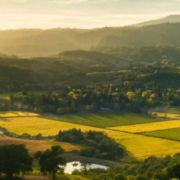Incorporate Meditation into Your Life This Summer
Long days of summer make it an ideal time to cultivate a deeper sense of inner peace and mindfulness. Our intention is to create a meditative environment at Osmosis. We have carefully curated every element of your experience to be … Read the rest





